
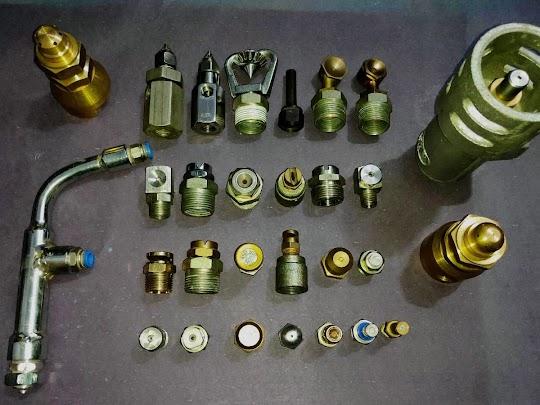
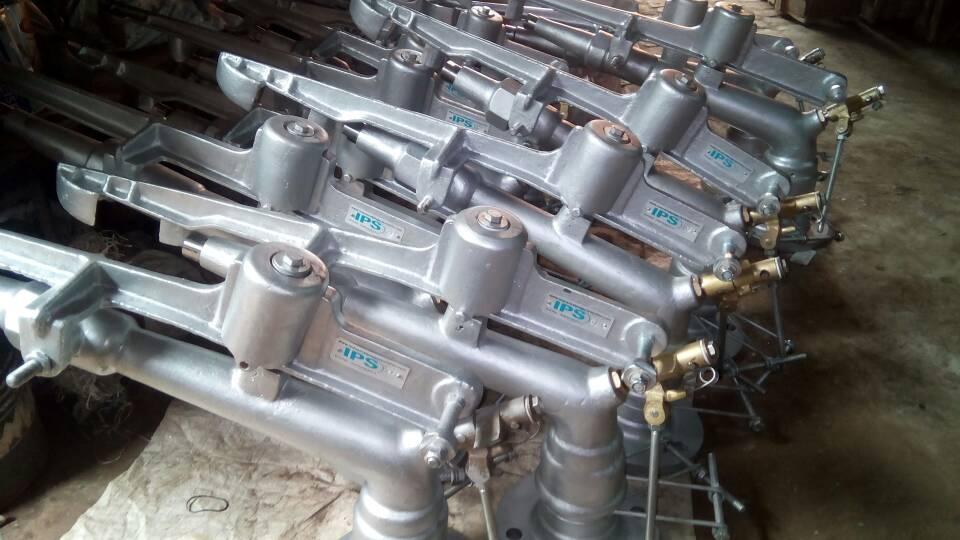
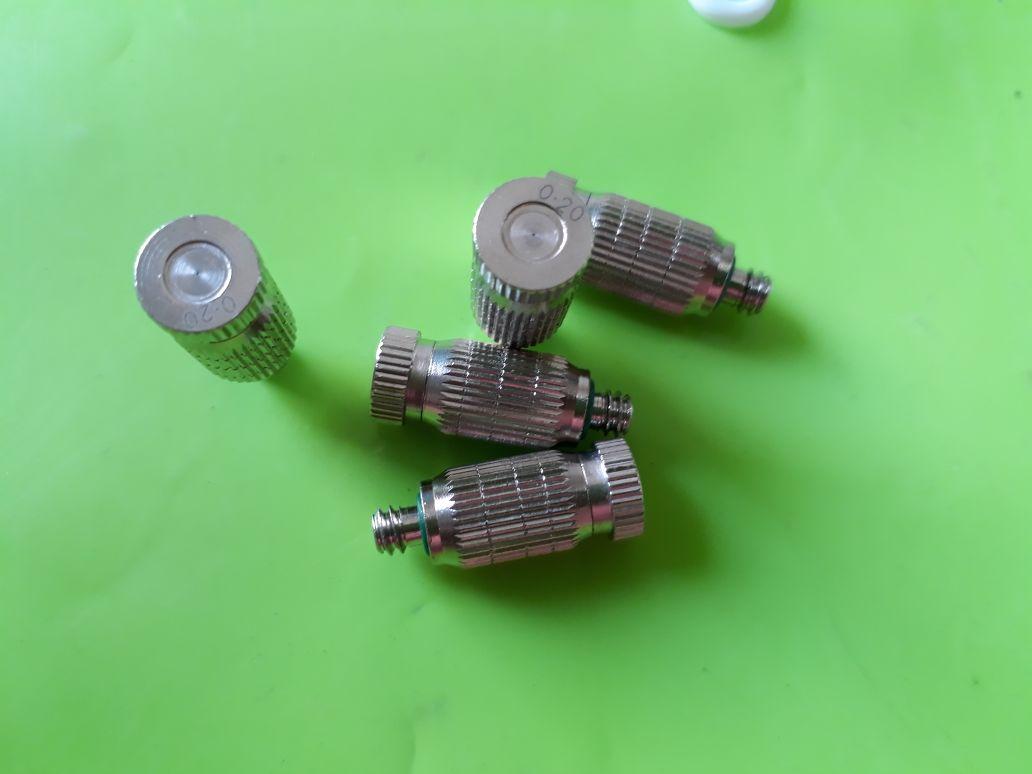


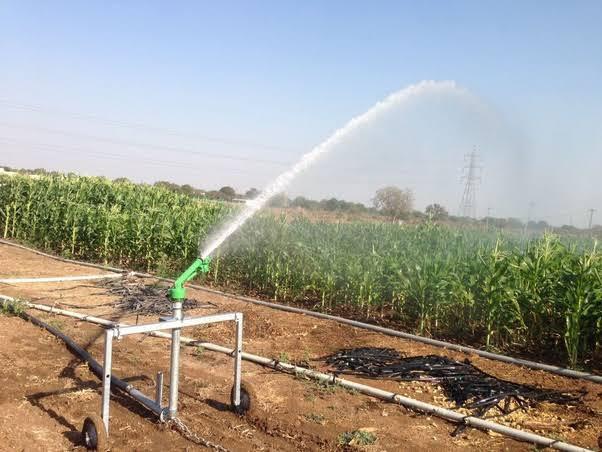
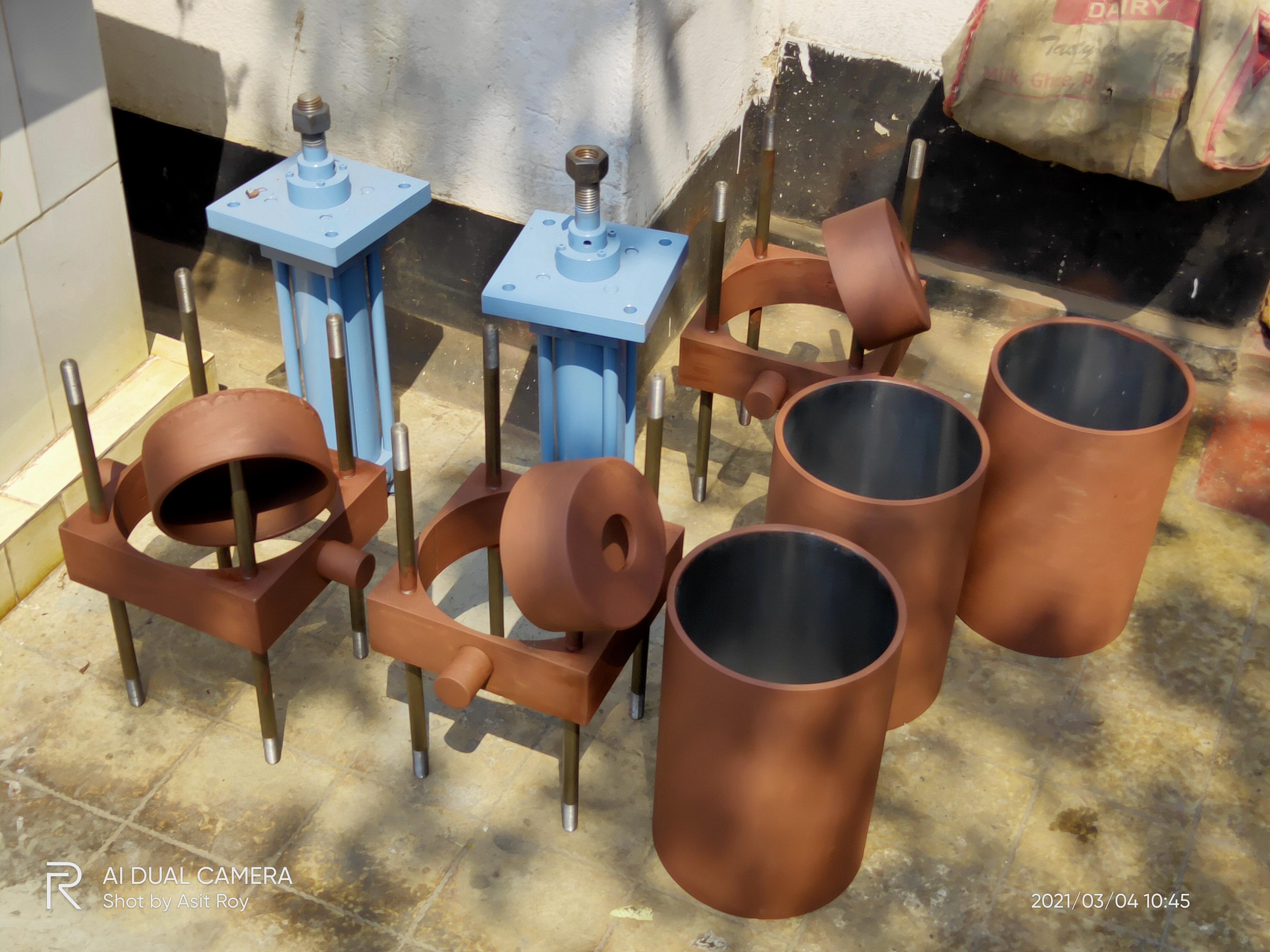

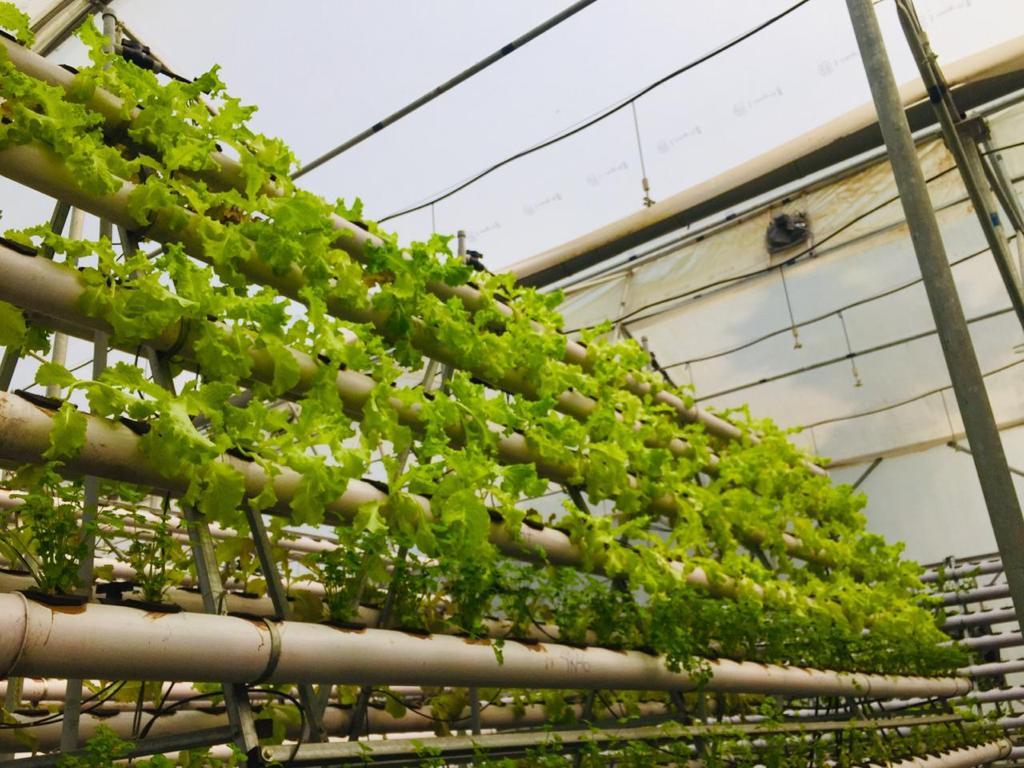
We, at Redshift Environmental Systems provide a wide range of dust suppression systems. Call us today to get free consulting for selecting suitable dust suppression system for your unit.
Introduction to Dust Supprression System:
Dust is generated any time when bulk solid material is altered or moved. Many times a dust cloud is visible. If a dust cloud is visible, there will also be non-visible respirable dust present. When silica, limestone, cement, coal, aggregate and other respirable dust particles ranging in diameter from 0.1 to roughly 70 microns are airborne, they become an occupational nuisance. As a source of physical discomfort, lost materials and wear on conveying pulleys, idlers, belting and motors. Thus dust is a significant factor in lowered productivity and added operating costs. Conveyor transfer points are a prime source for fugitive material, both as spillage and as airborne dust. Depending on a number of factors, including the nature of the material carried on the conveyor, the height of drop onto the belt, the speeds and angles of unloading and loading belts, systems(dust suppression) to capture or control airborne dust must be required at conveyor transfer points.
Dust Suppression System in a nutshell:
Dust Suppression is the application of water and/or chemicals, either to the body of material to prevent fines from being carried off into the air or to the air above the material to return fugitive airborne fines to the material bed. A significant advantage of dust suppression is that the material does not have to be handled again. The suppressed dust returns to the main body of conveyed material and the process without requiring additional material handling equipment.
There are a number of systems used for this purpose ranging from “garden hose” technology, through water and surfactant sprays, foam and fog generation systems.
Water Suppression:
The oldest method for controlling fugitive dust is the application of water over the body of material. By wetting the fines, either as they lay in the material body or as they are being picked up into the air, the weight of each dust particle is increased so they are less likely to become airborne. The moisture also increases the cohesive force of the material body itself, creating larger, heavier groups of particles and making it more difficult for air movement to carry away the dust particles. This can be done by applying the water through a series of properly sized spray nozzles at a point where the material expands and takes in air. Call for our Redshift water suppression System.
Cons of water of suppression:
A plain water spray may appear to be the most inexpensive form of dust control available. The water is available almost free in many operations (such as mines), and it can be applied through low-technology systems. But this cost justification is not only factor a dust suppression system.Many bulk solids are hydrophobic; they have a high surface tension and are adverse to combine with water. To achieve effective suppression, the amount of water is increased. Because the material does not mix well with water, there will be some particles that remain dry and others that become very wet, which can lead to material build-ups on chute walls, screens and conveyor belts When applying water to conveyor systems. For mineral handling in general, the addition of excess moisture prior to screening can cause material to adhere to a screen cloth, blinding the equipment. Excess water may promote belt slippage and increase the possibility of wet (and hence sticky) fines accumulating within chutes and around the transfer points. The addition of moisture can cause material to stick together, complicating the flow characteristics of the material being conveyed.Problems occurring in plain water dust suppression systems include the possibility of excess moisture in the material, which can downgrade future performance in power generation or other thermal processing. Specifically, excess water addition to coal and coke used for boiler fuel results detrimental effect on utility heat rates.
Dry Fog system:
To prevent this problem, moisture addition must be minimised. Methods to improve dust suppression while limiting the addition water include the use of a “dry fog” system. Dry fog dust suppression system or DFDS utilizes compressed air and plain water to produce these 10 micron or less droplets. These tiny water droplets absorb even the smallest dust particles in the air, yet fall to the ground without wetness. Call for our Redshift DFDS system which is in great demands now a days.
Last but not the least - the placement of the fogging nozzles is the most important aspect in producing effective results with no wetting of material. The fog should be generated and contained in a properly designed shrouding. This eliminates dissipation due to wind and also produces the treatment time necessary to suppress the dust. The fog is generated above the dust problem area, not on the material.
Other dust suppression systems Include-
Sprinklers: Used mainly where wetting is required over a wide area such as roadways and open yards. They are limited by the throw achievable from
each head and rely on good water pressure and flow. Sizes are selected according to the application and the units can be set to spray full or part circle
patterns. This ensures maximum areas are covered with the minimum of over lap between spray heads. Water consumption varies typically between 0.3 and 95 m³/hr.
Rain Guns: Dust suppression rain guns have been specifically designed to provide immediate and efficient dampening/wetting over large areas with minimal
water consumption. A high frequency drive mechanism provides a fine water curtain and gives excellent water distribution with minimum maintenance. Units can be self adjusting and range from 12 to 150 m³/hr with spray trajectories up to 120 metres.
Sprinklers and rain guns can be used together to achieve an overall suppression effect over areas of concern and provide the best possible results with
budget costs and water conservation in mind.
Water Spray Nozzle Systems: Such systems provide immediate dampening of general material handling processes and site boundaries. The nozzle design ensures a cone spray pattern is achieved at pressures from 1 to 8 Bar. These types of nozzle systems are a low cost option for material handling processes/site boundaries where wetting is not a problem. Nozzles are available in various materials including plastic, stainless steel and brass with flow volumes ranging from 0.3 lts/min up to 90 lts/min per nozzle.
Fog Cannon: When vast open spaces require dust suppression and a semi permanent system is not apractical option, the solution may lie with the introduction of a fog cannon to the site.These huge mobile and expensive units can utilise up to 60 hydraulic spray nozzles mounted circumferentially around the outlet head of a large fan assisted barrel. The concentration of nozzle spray together with the high flow of air from the fan, throws the droplets many metres towards the source of the dust activity. The droplets scatter in a plume of relatively soft spray and can capture fugitive dust before it becomes airborne and a major problem.
Redshift branded Sprinklers, Rain Guns, Nozzles, Fog cannon are readily availale with us. Call for enquiry.